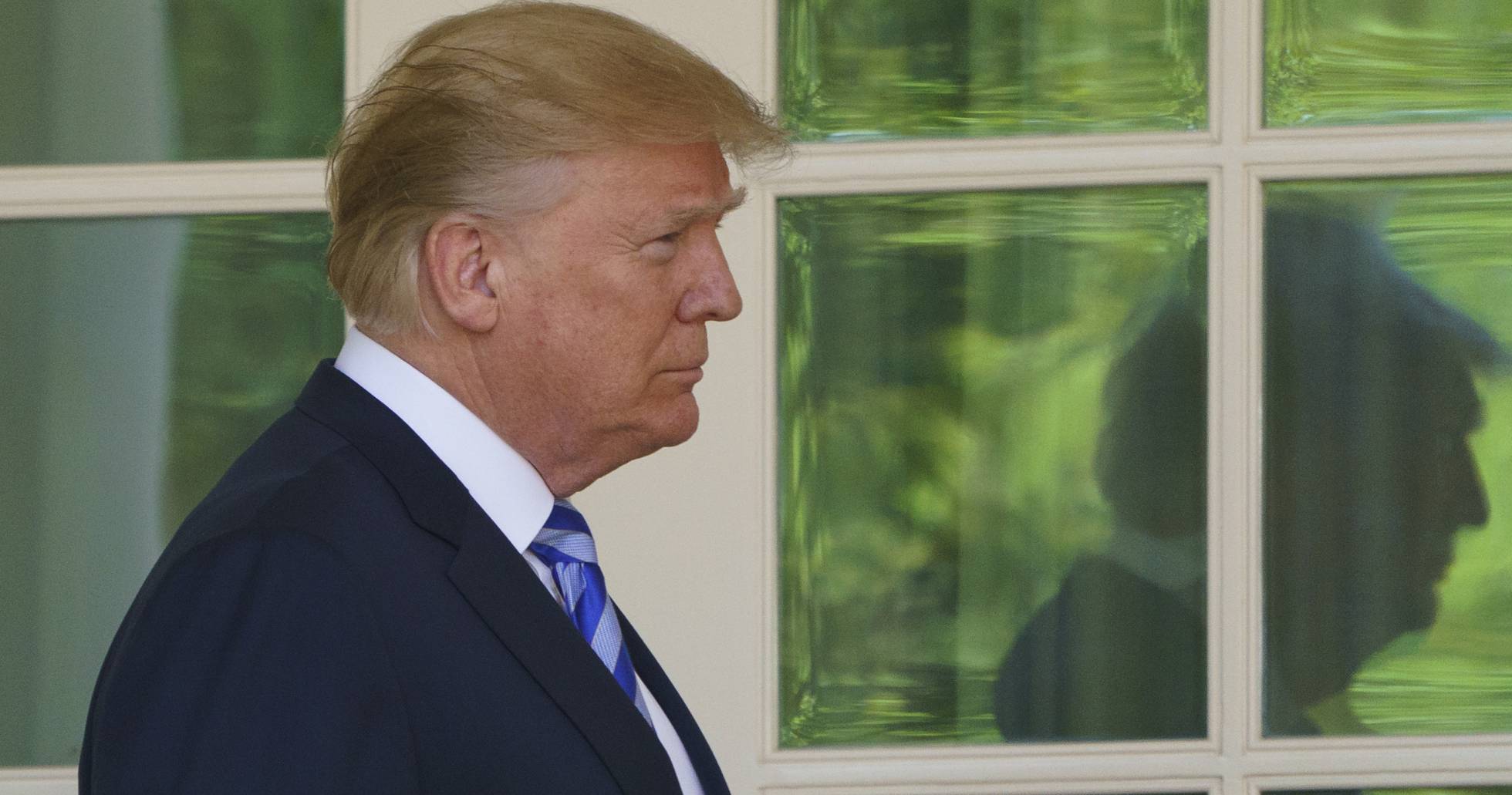
Washington is pressuring Europe into reducing its exports voluntarily; there can only be a firm negotiation
Donald Trump and his administration are not known for their subtlety. They have just declared a trade war with the European Union — that is, with an ally — in the name of a slogan (“America First”), caught up in a pretext halfway between impudence and delusion. In order to justify a 25 percent tariff increase on steel and another 10 percent on aluminum coming from Europe, Canada, and Mexico, he alludes to “national security” criteria. The pretext could not be weaker and, at the same time, it could not be more illustrative of Trump’s disregard for “friendly” countries. Europe is preparing reprisals in the shape of import tariffs on typically American products or those produced in Trump-inclined states: corn, cranberries, bourbon, Levi’s jeans, and Harley-Davidson motorcycles, as well as filing a complaint with the World Trade Organization.
Trump’s negotiating strategy respects no allegiances, no allies, and not a single concern regarding the stability of the global economy. It involves submitting his interlocutors to a continuous but confusing pressure — it was not long ago that he ordered the suspension of the tariff threat for the products and countries he has now just punished— so that they voluntarily reduce exports in those phantasmal negotiations which open and close to the beat of Washington’s threats. This modus operandi of blackmail is at the service of the American economy’s most protectionist interests, which to a large extent identify themselves with international isolation.
The worst part, despite it being already very bad, is not stark protectionism — which ignores the loss of company profit and of jobs in the country that engages in it — but the extreme uncertainty it inserts into the global economy. Today, the industry and incomes of the planet are dependent on the president of the United States’ strokes of genius. The only answer in the face of Trumpist arbitrariness is commercial firmness.

Leave a Reply
You must be logged in to post a comment.